18+ Sample Job Analysis Reports
-
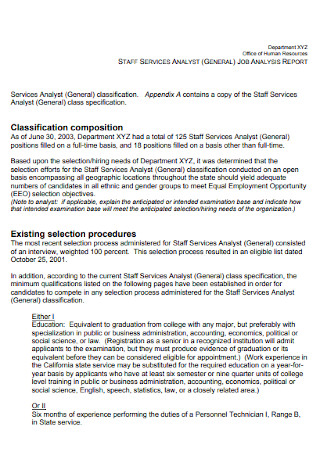
Sample Job Analysis Report
download now -
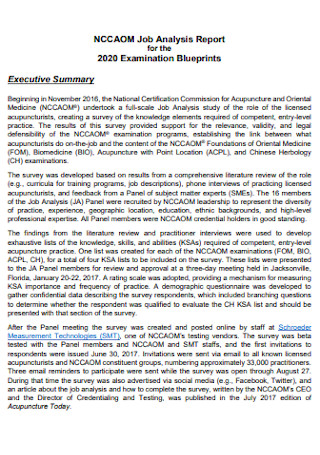
Job Analysis Report for Examination Blueprints
download now -
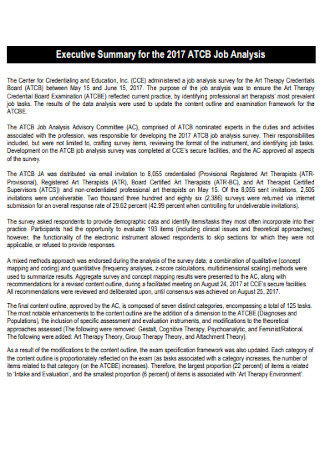
Professional Job Analysis Report
download now -
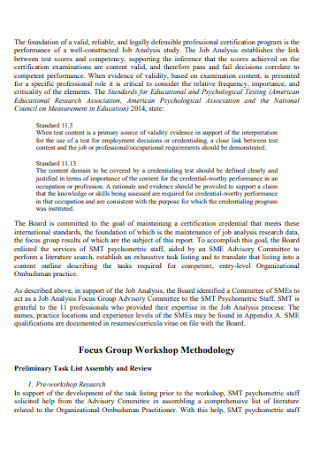
Focus Group Job Analysis Report
download now -
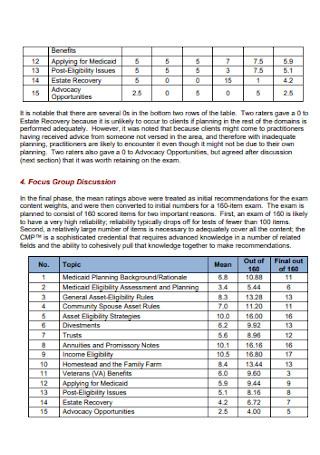
Job Analysis and Test Specifications Report
download now -
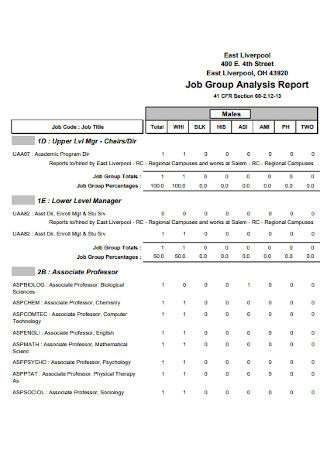
Job Group Analysis Report
download now -
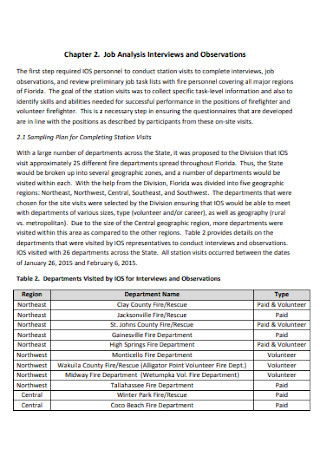
Job Analysis Study Technical Report
download now -
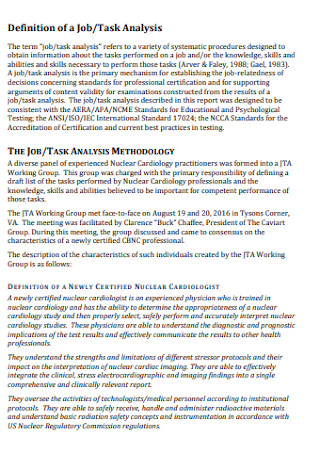
Job and Task Analysis Report
download now -
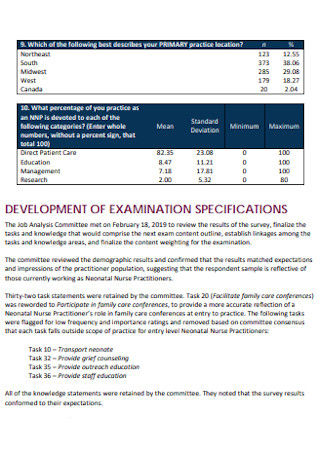
Job Analysis Report Format
download now -
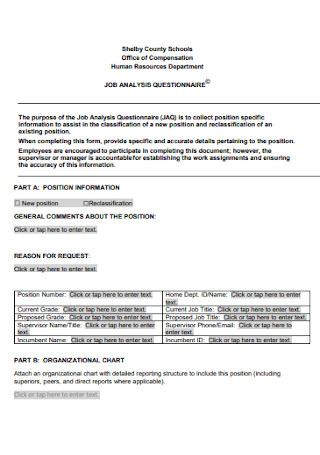
HR Job Analysis Report
download now -
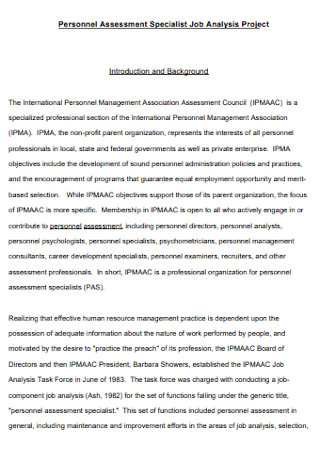
Personnel Specialist Job Analysis Report
download now -
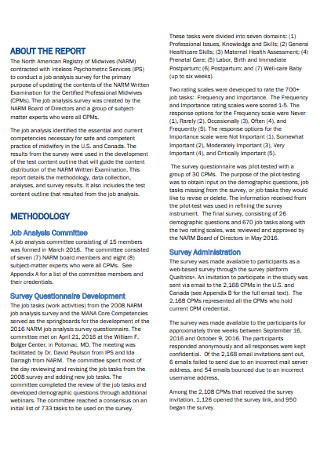
Job Analysis Survey Report
download now -
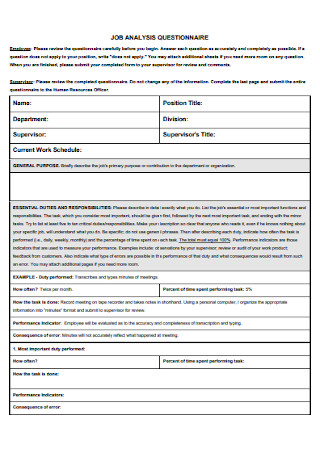
Basic Job Analysis Report
download now -
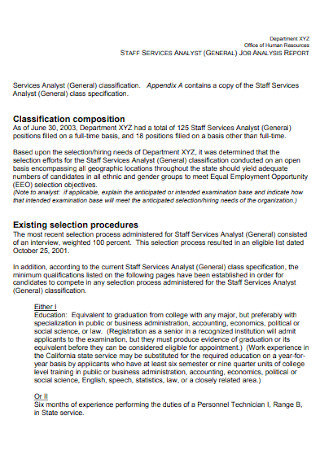
Simple Job Analysis Report
download now -
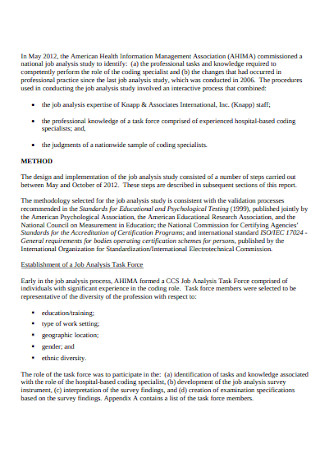
Job Analysis Summary Report
download now -

Job Evaluation Analysis Report
download now -
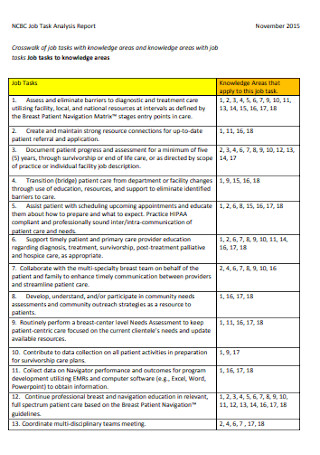
Sample Job Task Analysis Report
download now -

Dietitian Job Analysis Report
download now -
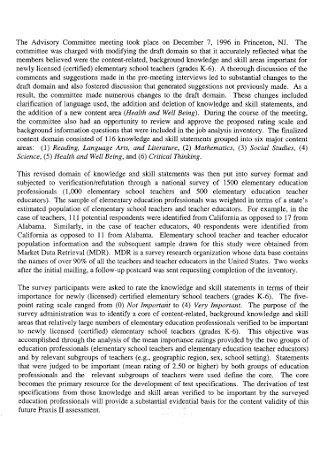
Job Analysis Research Report
download now
FREE Job Analysis Report s to Download
18+ Sample Job Analysis Reports
What Is a Job Analysis Report?
Components of a Job Analysis Report
How to Write a Job Analysis Report
FAQs
What is the best job analysis method for an organization?
What is the role of job analysis to a company?
Who is responsible for creating job analysis?
What Is a Job Analysis Report?
A job analysis report is a document containing information about job analysis. A job analysis gathers and analyzes derived knowledge regarding the content and human requirements of a job position and the context of the performance of these jobs. It is the process of identifying particular tasks, daily activities, duties, skills, objectives, and work environment for a job position. In short, it gives information about job placements within an organization. It tailors the ideal job description for an opening in the company and improves an employee’s transition for new roles and responsibilities, supporting them in their long-term career path. As such, these are vital information that helps not only the employees but also the company. A job analysis report holds all this information.
According to a study about job analysis entitled, Impacts of Job Analysis to Organizational Performance: An Inquiry on Indian Public Sector Enterprises, job analysis positively influences factors including job design, job description, organizational policies, organizational practices, job specifications, and job evaluations. The study shows that performing a job analysis is a vital strategic management practice that gives organizations a competitive advantage.
Components of a Job Analysis Report
As a job analysis report contains every finding in a job analysis, its content focuses on this set of information. Job analysis in itself describes the job description and job specification of a vacant position in a company. Below are the essential components of a job analysis report derived from the job description and specification critical for a company’s success.
How to Write a Job Analysis Report
It is necessary for businesses looking to hire new employees to conduct an effective and comprehensive job analysis. The job analysis report helps the human resource team to understand the company’s needs and create a clear and efficient job description. Below are the steps you take when drafting a job analysis report for a job vacancy.
Step 1: Establish the Objectives of Writing the Job Analysis Report
The purpose of the report is to have a deeper understanding of the duties and responsibilities of a job position and the skills and competencies an individual possesses to complete the variety of tasks. The job analysis is a vital document to create a meaningful job description used by the HR department to fill job vacancies. A well-structured job description provides ample information to candidates applying for the role and manages their expectations. Specifying your objectives earlier on helps visualize a clear path to the expected outcome.
Step 2: Determine the Tasks, Duties, and Responsibilities of the Job
Begin by introducing a significant job title for the vacancy. Various industries use different job titles to refer to their employees, and it is advantageous to be aware of these. You can refer to the list when you create your job description. You can also opt to speak with your employees that perform similar roles and responsibilities for the job analysis. You can sit with them and conduct an employee interview, inquiring about daily tasks, departmental objectives, and long-term goals. Indicate specific tasks, duties, and responsibilities you expect out of the employee.
Step 3: Review the Requirements for Skills, Expertise, and Experiences
Upon completing the list of tasks associated with the job, you must now determine what skills, expertise, and relevant experiences a candidate must possess to produce expected outputs. Identify the educational requirements or training certifications your candidates need. It is also necessary to specify the technical and soft skills to perform the jobs efficiently.
Step 4: Take the Time to Research About the Salary and Other Forms of Compensation
Researching about similar job positions and comparing each one helps produce an average salary for the job opening. It is critical to get an idea of the industry average, ensuring that the compensation you offer your candidates is fair. It helps the company attract top hires for your organization and show your employees that you offer a competitive and just means of payment.
Step 5: Refer to the Business’ Overall Organizational Structure
It is necessary to identify how the position fits in the company’s organizational structure. It is advisable to update your organizational chart to include the positions stemming from the job analysis report. It gives a comprehensive presentation of the company’s growth and development.
FAQs
What is the best job analysis method for an organization?
The most efficient method to collect information for a job analysis to create your report is through directly observing the most competent employees. It is more effective if these observations are paired with employee questionnaires and interviews relating to their knowledge, skills, and abilities.
What is the role of job analysis to a company?
The primary role of conducting job analysis is to establish what a particular job entails, identifying information regarding knowledge, skills, and abilities (KSA), with the job duties and responsibilities and other conditions. Aside from that, the job analysis establishes and documents competencies, identifies the relation of the job to relevant tasks, indicates a standardized basis for job assessment and decision-making, and establishes a method to measure compensation.
Who is responsible for creating job analysis?
A job analyst or human resource personnel under the supervision of industrial-organizational psychologist conduct and draft job analysis reports. It is necessary for the individual preparing the job analysis to have adequate knowledge in creating and researching its content.
Job analysis reports are important documents that serve a critical role in the growth and development of an organization. It is helpful to have a tangible copy of job analysis reports and stored copies on hard drives or the cloud for easy distribution. It helps to have these documents handy when referring or describing the job to new hires of the organization. It is best to prepare for the company’s success, even to the most delicate details. Begin creating these valuable documents through using and downloading the job analysis report samples available in the article and grow your company to be the best in the industry.
